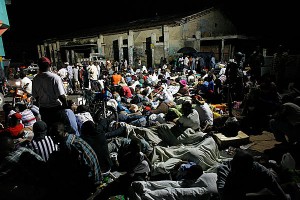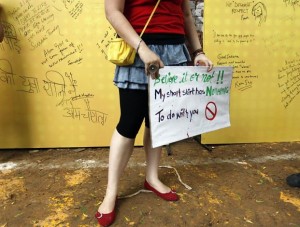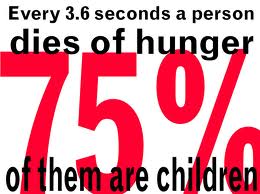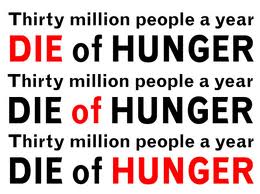The lives of Haitians are threadbare and there is little in the way of relief funds. How is this possible? When international donations totaling more than $10 billion were donated to Haiti in the aftermath of the earthquake . The 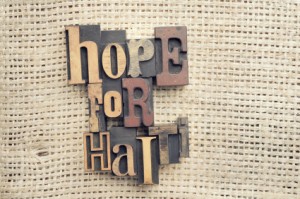 disparity in the suffering of the Haitian people and the astronomical amount of money donated towards relief efforts is mind boggling. This leads me to ask the question is it better to donate to small or large charities? This is because most of the donations were made to large charities such as the Red Cross. The Red Cross collected $25 million in donations, and only $106 million made it to the Haitian relief fund.
disparity in the suffering of the Haitian people and the astronomical amount of money donated towards relief efforts is mind boggling. This leads me to ask the question is it better to donate to small or large charities? This is because most of the donations were made to large charities such as the Red Cross. The Red Cross collected $25 million in donations, and only $106 million made it to the Haitian relief fund.
This is not to say that the Red Cross was not effective in assisting the Haitians after the earthquake. However, in large organizations like this the dispersing of aid becomes tied up in red tape, and decisions are made in offices where no one is in direct contact with the real issues on the ground. The bulk of donations go toward running the organizations and paying for overhead costs. All these activities lead to a depletion of funds and resources that is diverted from individuals in need.
The primary reason these organizations receive the bulk of donations in the aftermath of natural disasters is due to  brand recognition. After natural disasters we quickly gravitate towards the organizations with a brand we trust to get aid to the people in need. Yet, despite the Red Cross supposed expertise and millions in donations, two years later there is half a million Haitians still living in tents and thousands dying from cholera. It leaves donors angry and disillusioned when million of dollars in disaster aid is misappropriated and disaster victims are left holding the bag.
brand recognition. After natural disasters we quickly gravitate towards the organizations with a brand we trust to get aid to the people in need. Yet, despite the Red Cross supposed expertise and millions in donations, two years later there is half a million Haitians still living in tents and thousands dying from cholera. It leaves donors angry and disillusioned when million of dollars in disaster aid is misappropriated and disaster victims are left holding the bag.
As donors we need to address this troubling issue. We need to ask ourselves are we being responsible donating to brands as opposed to small charities working directly with those in need?
How can we be responsible donors?
When money is blindly thrown at brand name charities, more harm than good is done. Too often the money raised fails to reach the victims in need and may instead go towards head office salaries and charities upkeep. I understand the need to alleviate suffering after any disaster, especially after seeing images of people suffering. Our knee jerk reaction is to quickly donate money to brand name charities that we trust to be effective. But isn’t it better to seek out the small aid organizations on the ground that have a history of direct involvement with the type of victims or population? Organizations such as Helping Haitians Angels, , H.O.P.E.H, , and Healing Hands for Haiti, are U.S./ Haitian charity organizations which have been helping Haitians long before the earthquake. These organizations are still in Haiti and they can use assistance in supporting the communities they have always worked with. This will enable donors to directly and quickly help those in need.
Don’t just donate blindly to any organization on the ground. It is our responsibility to research the organization and make ourselves aware of their mission. Check their history; see who has been helped, and what their overall track record is. This will let you know how your money is being spent, and who is being helped.
After donating it is our responsibility to follow up on what the charity organizations have been doing and the current state of the victim. Donate with thoughtfulness and responsibility to ensure the people in need receive help. Don’t be in a haste to line the pockets of brand name organizations with our compassion.




